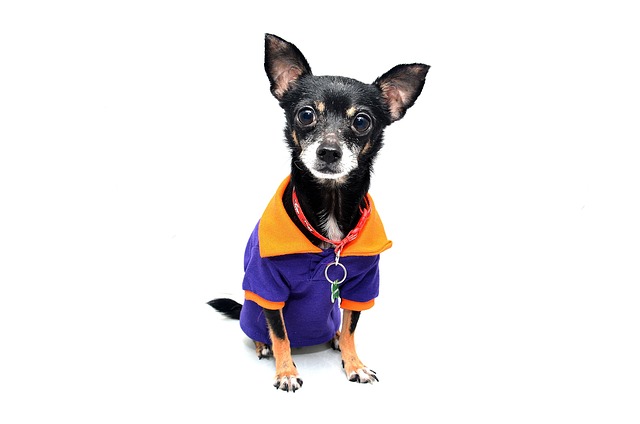
How do i train my dog to be obedient?
Watching your dog dart across the park ignoring your calls isn’t just frustrating—it can put them at risk near busy streets or public spaces.
Protecting your dog from dangerous foods is a vital act of love. Their natural curiosity about scents and snacks can lead them astray, but with patient training, you can teach them to reject harmful items. Let’s explore gentle, effective methods to build this life-saving skill, rooted in trust and clear communication.
Start with the "Leave It" command—your first line of defense. Hold a safe treat in a closed fist. When your dog sniffs or paws at it, say "Leave It" calmly. Wait for them to back off or look away, then reward immediately with a different high-value treat from your other hand. This teaches them that resisting temptation leads to better rewards than giving in.
Next, master "Drop It" for when they’ve already picked up something. Offer a favorite toy or treat and say "Drop It" as they hold an item in their mouth. The moment they release it, praise enthusiastically and give the reward. Over time, they’ll learn that letting go of unknown objects is always positive—even if the item smells intriguing.
Simulate real-world risks using non-toxic decoys. Place harmless but unappealing items on the ground during walks. Use "Leave It" as they approach, and if they hesitate, reward their caution. Gradually introduce objects that resemble local hazards, like fake antifreeze-soaked rags or chocolate-shaped toys, to build recognition without danger.
Consistency is key across all environments. Practice indoors, then in parks or busy sidewalks, where distractions test their focus. If your dog ignores a "poison" decoy outdoors, celebrate with extra affection—this reinforces that your guidance keeps them safe, no matter the location.
 Involve everyone in the household. Ensure family members, guests, and pet sitters use the same commands and never accidentally reward forbidden behavior. A dropped sandwich or unmonitored trash can can undo weeks of training, so unified rules create a clear message: only approved foods are safe.
Involve everyone in the household. Ensure family members, guests, and pet sitters use the same commands and never accidentally reward forbidden behavior. A dropped sandwich or unmonitored trash can can undo weeks of training, so unified rules create a clear message: only approved foods are safe.
Prioritize positive reinforcement over punishment. Yelling or scolding creates anxiety, making dogs distrust your cues when they matter most. Instead, turn every "Leave It" success into a mini-celebration—treats, play, or a warm hug. This builds confidence that your judgment is worth following, even when their nose pulls them toward danger.
Be aware of regional hazards. In areas where rodent poisons, garden chemicals, or toxic plants are common, adjust training to include those specific smells (using safe, scent-only samples with vet approval). Regularly check your yard and walks for potential threats, combining training with environmental vigilance.
For dogs prone to anxiety or stubbornness, consult a certified trainer who uses force-free methods. Many Professional training institutions in Europe and America emphasize reward-based techniques, aligning with animal welfare standards that prioritize the dog’s emotional well-being alongside safety.
The goal isn’t to eliminate their curiosity, but to teach them to look to you for guidance. Over time, you’ll notice them pausing before sniffing unfamiliar items, waiting for your cue. This bond of trust is as important as the skill itself—proof that your partnership keeps them safe.
Remember, every dog learns at their own pace. Some master "Leave It" in weeks; others need months of gentle repetition. Stay patient, celebrate small wins, and never rush the process. With time, your dog will understand that rejecting unknown foods isn’t a restriction—it’s a way to stay by your side, healthy and happy, for all life’s adventures.
By blending clear commands, consistent practice, and a focus on positive associations, you’ll create a shield against poisoning that lasts a lifetime. Your dog’s safety is in your hands, and this training is a powerful way to say, "I’ll always look out for you."

Watching your dog dart across the park ignoring your calls isn’t just frustrating—it can put them at risk near busy streets or public spaces.

New puppy owners often find themselves rushing to clean up accidents before they set in, and that’s where puppy pad training becomes a game-changer.

If you've noticed your dog's waistline disappearing and your veterinarian has mentioned those few extra pounds, your first instinct might be to simply reduce the amount of food in their bowl.

Training a dog to use a designated spot indoors isn’t as daunting as many new owners fear, but it does take consistency and an understanding of your pet’s needs.

That moment of dread on a walk is all too familiar for many new dog owners. You see another dog approaching down the sidewalk of your neighborhood

If the sight of another dog on your neighborhood walk makes your heart sink as your own dog erupts into a frenzy of barking and lunging, you're not alone.